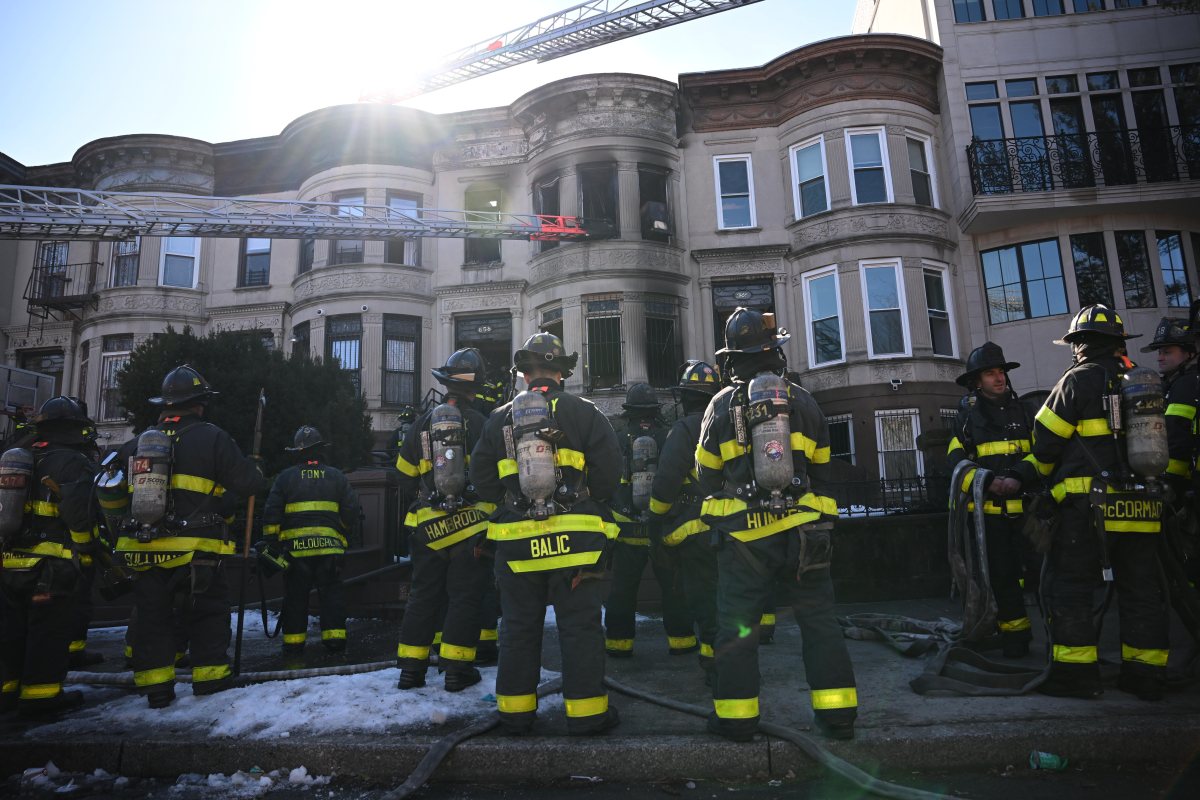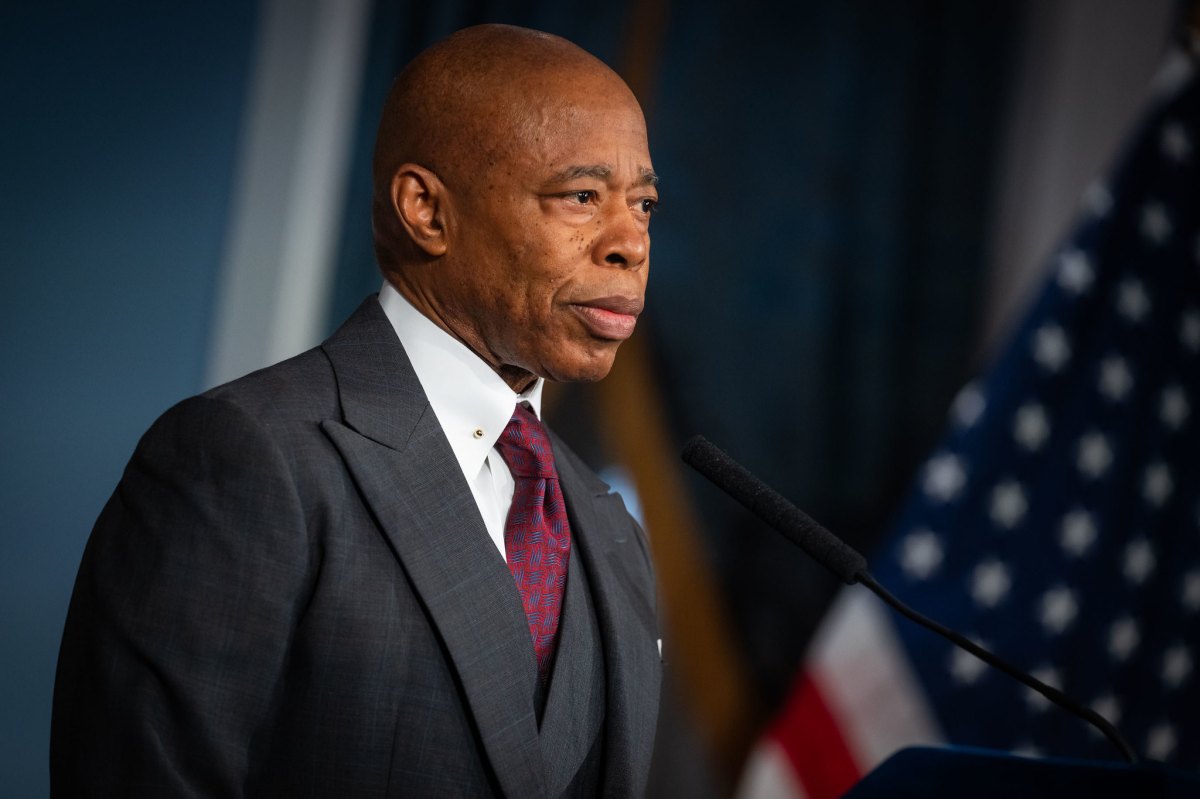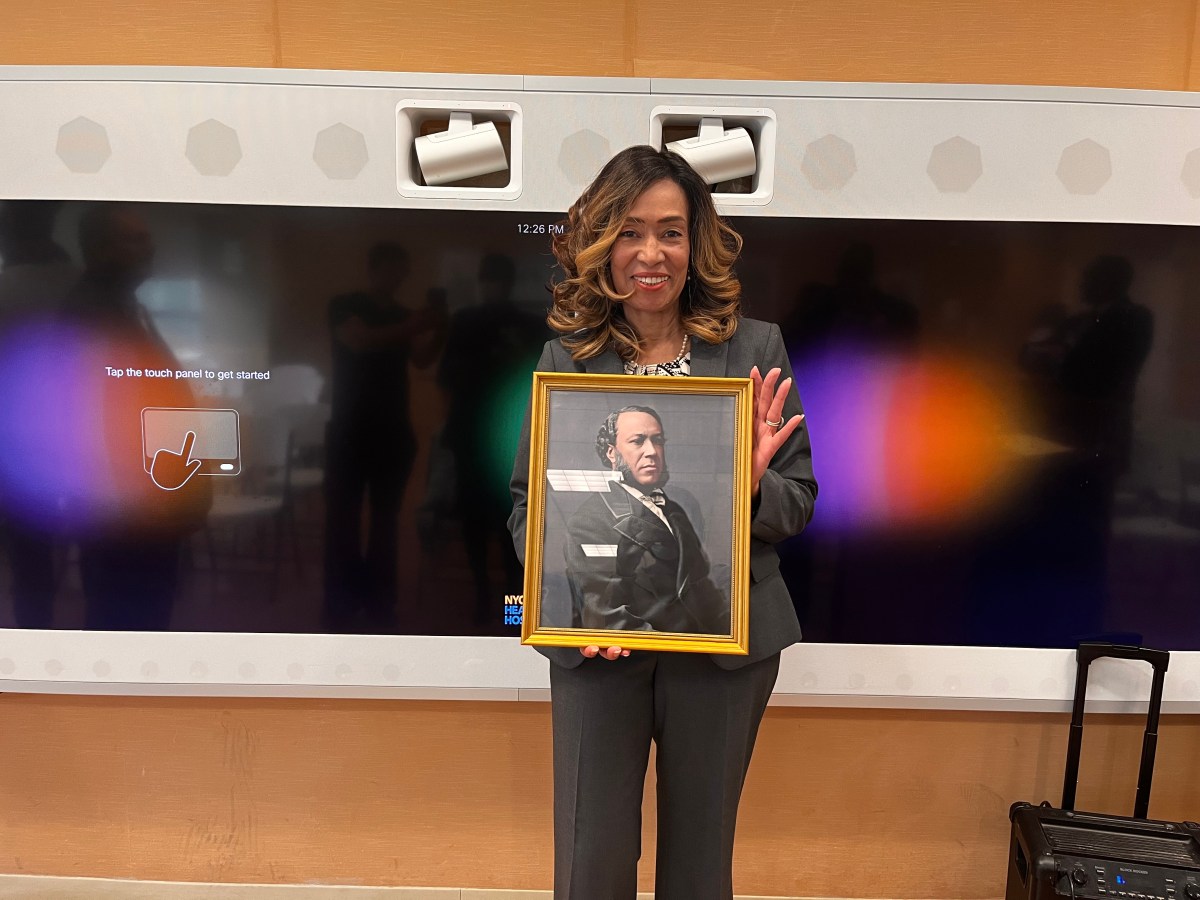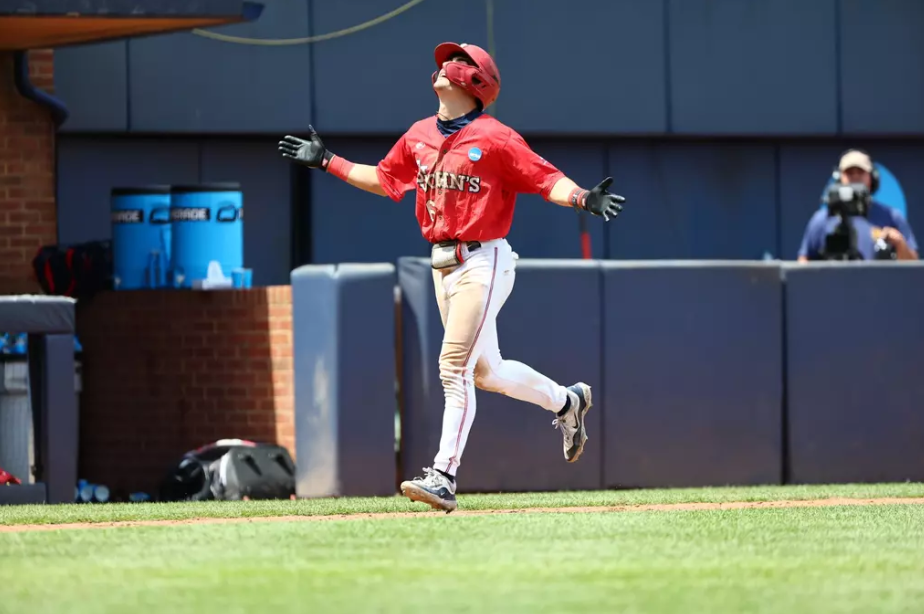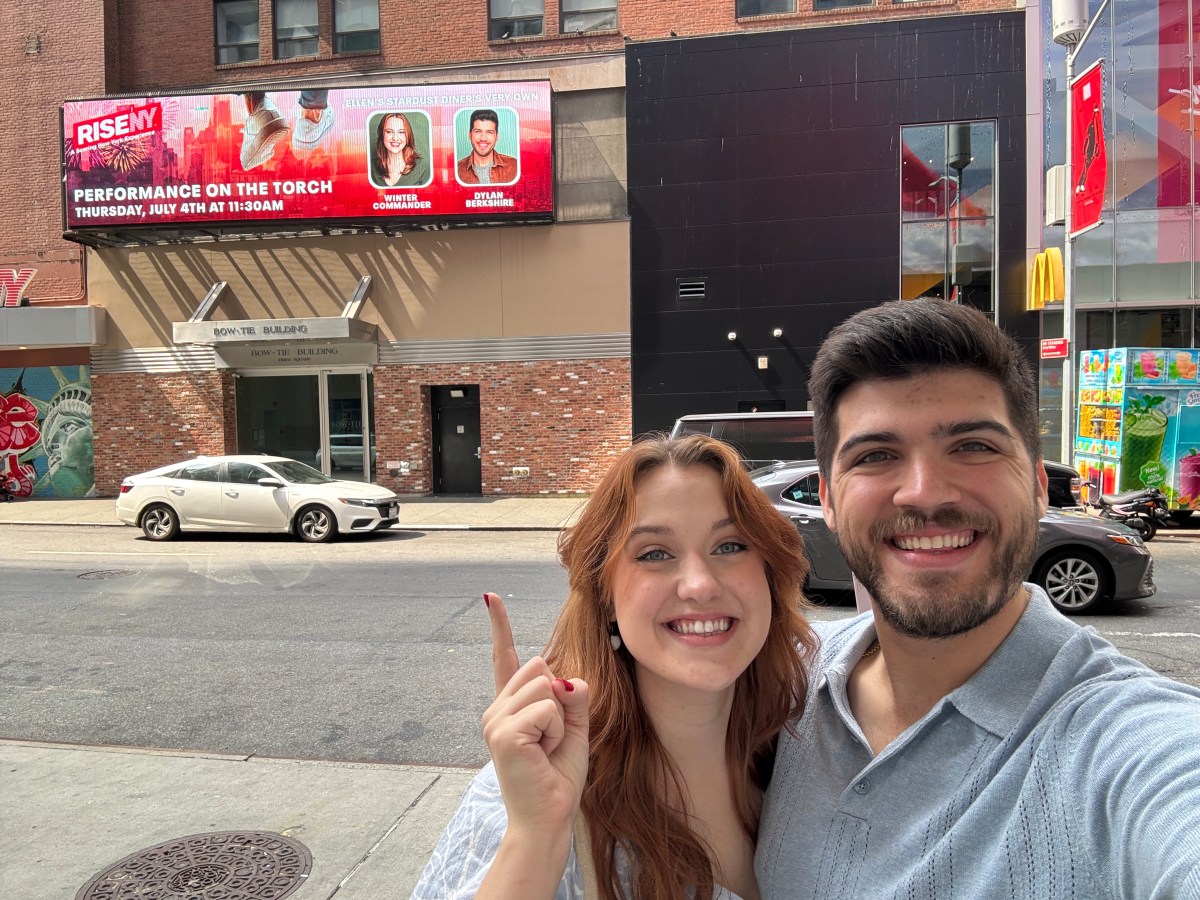Animal rights activists with Lights Out Coalition held a rally alongside City Council Member Shaun Abreu outside City Hall on Thursday, calling on the council to pass a package of three bills titled “Flaco’s Law.”
The set of bills is named after the Eurasian eagle-owl who escaped from the Central Park Zoo in 2023 and quickly captured the hearts of the city and social media by storm before he died on Feb. 23, 2024, when he flew into a window of an Upper West Side building. A necropsy conducted by the Bronx Zoo revealed that Flaco also had high levels of rat poison in his system, which would have killed him eventually if he hadn’t died from the traumatic injuries he sustained during his accident.

The first law would establish a rat contraceptive pilot program. City Council Member Shaun Abreu’s (D-Manhattan) bill, Intro 0736-2024, would require the NYC Dept. of Health, in cooperation with the Department of Sanitation, to distribute edible pellets that sterilize male and female rats in two neighborhoods spanning ten city blocks of Abreu’s district as part of a pilot program.
The rats, which reach sexual maturity after 4 to 5 weeks of birth and can reproduce up to thousands of future “Pizza” rats a year, will bring the pellets of fatty materials with a sweet and salty flavor back to their burrows for the other rats to eat. The bait targets the ovarian function in female rats and disrupts the sperm cell production in male rats.
Abreu, who chairs the Committee on Sanitation and Solid Waste Management, pointed out that rat poison did not work.
“Rats have evolved. At this point, they eat rodenticide and spit it out. They’re learning how to avoid glue traps, which, by the way, are impacting domestic animals,” Abreu said.
Abreu urged the passing of the rat contraception bill. The pilot program would be implemented in a rat mitigation zone where trash is containerized.
“We can’t poison our way out of this. We cannot kill our way out of this,” Abreu said. “Birds of prey like Flaco should not have had to eat a rat that was poisoned with high levels of rodenticide. We know that had an impact on his life coming to an end far too [soon].”
While countless wildlife and domesticated animals like cats and dogs, die of rat poisoning or secondary poisoning each year, Kathy Nizzari, Founder and Chair of Lights Out Coalition, pointed out that the effect rat poison has on humans was often overlooked.
“In 2021, the American Academy of Clinical Toxicology reported a staggering 1.2 million children under the age of six in the United States were poisoned by rodenticide with 1,630 fatalities, and that is only one age group,” Nizzari reported.

Expanding ‘Lights Out’
Animal rights activists also called for expanding the city’s landmark Lights-Out law, which requires all city-owned and operated buildings to turn their lights off at night to prevent birds from flying into them. In 2023, City Council Member Francisco Moya (D-Queens) introduced a bill, Int 1039-2023, requiring privately owned commercial and industrial buildings to turn off non-essential lighting during the migration period.
Another upcoming bill would require buildings with reflective and transparent surfaces to be equipped with decals so birds wouldn’t be confused by the reflections.
Mary Beth Artz, a wildlife rehabilitator and rescuer, read a statement by Dr. Andrew Farnsworth, a visiting scientist at Cornell Lab of Ornithology. Farnsworth reported that three to five million birds migrate over the city every Spring and 12 to 20 million every Fall, while hundreds of 1000s more reside or make a pit stop outside of the migration periods. Nearly a quarter billion birds die each year in the city in collisions with glass.
“They face extreme hazards from attraction to and disorientation by light pollution, death by collisions with reflective and transparent surfaces, and poisoning by toxic chemicals,” Farnsworth said in his statement.
Catherine Quayle with Wild Bird Fund, New York City’s only wildlife rehabilitation center, reported that last year, her center received 1,600 injured birds after colliding with windows, suffering from concussions, broken beaks, and eye injuries.
“Even with the best of care, only about 40% survive to be released,” Quayle said. “It’s important to remember that this is not just a local problem here in New York City. Birds that die against a window in downtown Manhattan will never reach their wintering grounds in Central or South America. They will never reach their breeding grounds in upstate New York or Canada.”
The decline in the bird population in the past 50 years is staggering and creates havoc on the ecosystem since birds control pests, pollinate flowers, and disperse seeds.
Debbie Mullins, president of the Linnean Society, reported that there had been a 60% decrease in the bird population worldwide.
“Scientists at the Cornell University College of Veterinary Medicine have estimated that 68% of all the red-tailed hawks in the state have rat poison in their system,” Mullins said. “We must act now to mitigate the harmful effects of human-altered landscapes and toxic chemicals on birds.”
Jessica Wilson, executive director of New York City Audubon, pointed out that climate change, loss of habitat, and New York City’s modern urban landscape contributed to the decline of the bird population.
“In my lifetime alone, nearly 3 billion birds have been lost across the US,” Wilson said. “New York City Audubon’s data shows that we can make our urban landscape safer for birds by using glass that birds can see and by turning off unnecessary lights at night. We need legislation to make bird-friendly buildings and dark skies requirements. And we need the city to use safer and better alternatives to rodenticide.”





